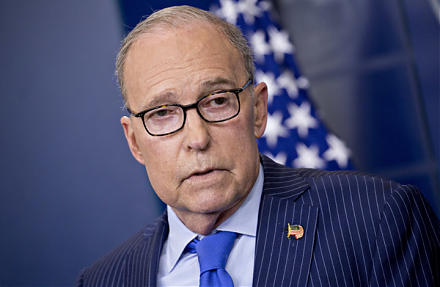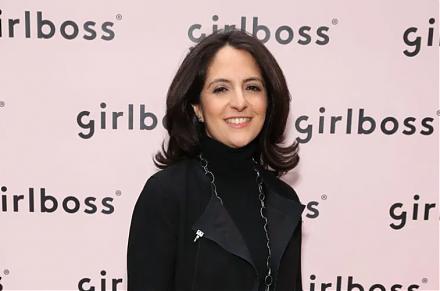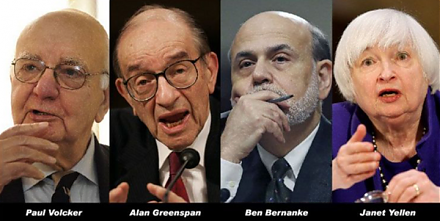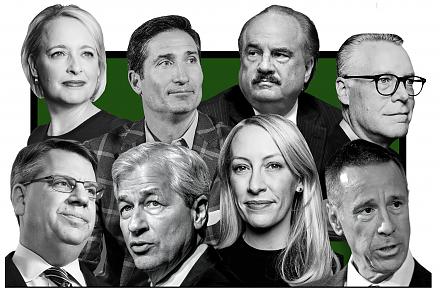

2019-08-30 11:35:00 Fri ET
trust perseverance resilience empathy compassion passion purpose vision mission life metaphors seamless integration critical success factors personal finance entrepreneur inspiration grit
The conventional wisdom suggests that chameleons change their skin coloration to camouflage their presence for survival through Darwinian biological evolution. This naive intuition seems so natural and nomological that most people assume so on the basis of common sense. However, scientific research demonstrates that chameleons run much faster than their predators. This fresh insight causes many scientists to view camouflage as part of the story for this functional skin coloration. More recent research suggests that chameleons typically vary their skin coloration to express key social signals in response to other chameleons, external conditions, and physiological changes. For instance, bright skin color signals an aggressive emotion while dark skin color reflects a submissive reaction.
Overall, scientific research trumps basic intuition and common sense. The same idea applies to the economic science of dynamic asset management too. We often need to learn from fundamental factors in order to decipher economic insights into how macroeconomic fluctuations manifest in the cross-section of average asset returns. These fundamental factors include the return spreads between the top-to-bottom 30% of stocks for size, value, momentum, asset growth, cash profitability, and market risk exposure. Our proprietary alpha investment algorithm serves this fundamental purpose.
If any of our AYA Analytica financial health memos (FHM), blog posts, ebooks, newsletters, and notifications etc, or any other form of online content curation, involves potential copyright concerns, please feel free to contact us at service@ayafintech.network so that we can remove relevant content in response to any such request within a reasonable time frame.
2018-05-01 11:38:00 Tuesday ET

America and China play the game of chicken over trade and technology, whereas, most market observers and economic media commentators hope the Trump team to
2019-12-16 11:37:00 Monday ET

America and China cannot decouple decades of long-term collaboration in trade, finance, and technology. In recent times, some economists claim that China ma
2019-09-23 12:25:00 Monday ET

Volcker, Greenspan, Bernanke, and Yellen contribute to a Wall Street Journal op-ed on monetary policy independence. These former Federal Reserve chiefs unit
2018-12-01 11:37:00 Saturday ET

As the solo author of the books Millionaire Next Door and Richer Than Millionaire, William Danko shares 3 top secrets for *better wealth creation*. True pro
2019-11-01 12:31:00 Friday ET

Kourtney Kardashian shares the best money advice from her father. This advice reminds her that money just cannot buy happiness. As the eldest of the Kardash
2024-01-31 14:33:00 Wednesday ET

The new world order of trade helps accomplish non-economic policy goals such as national security and technological dominance. To the extent that freer